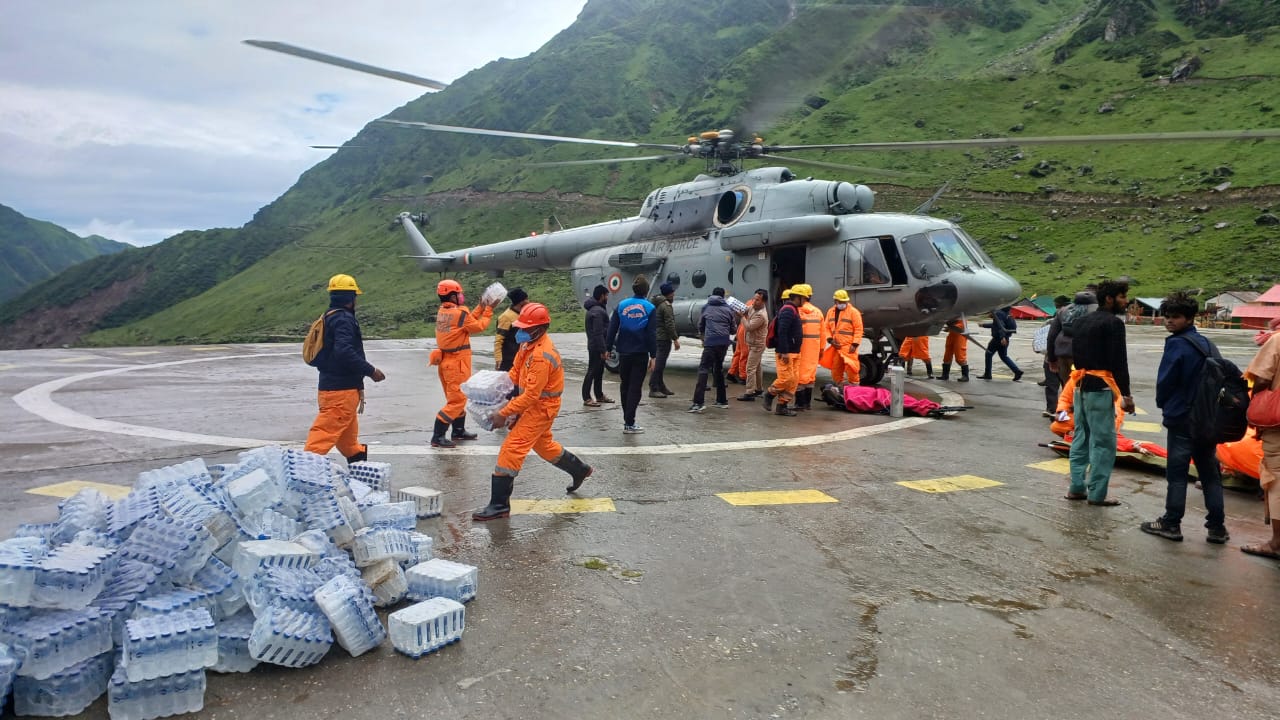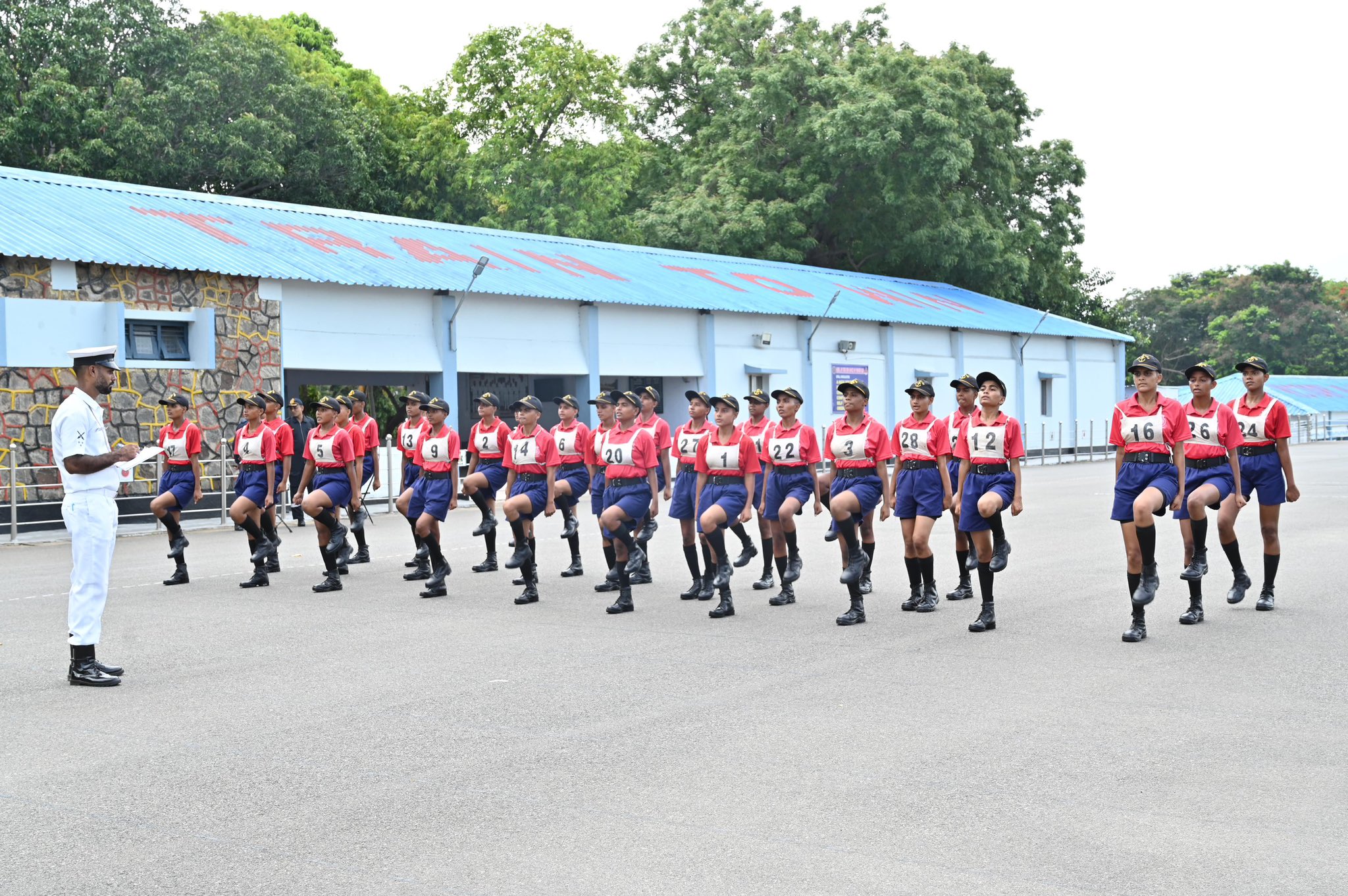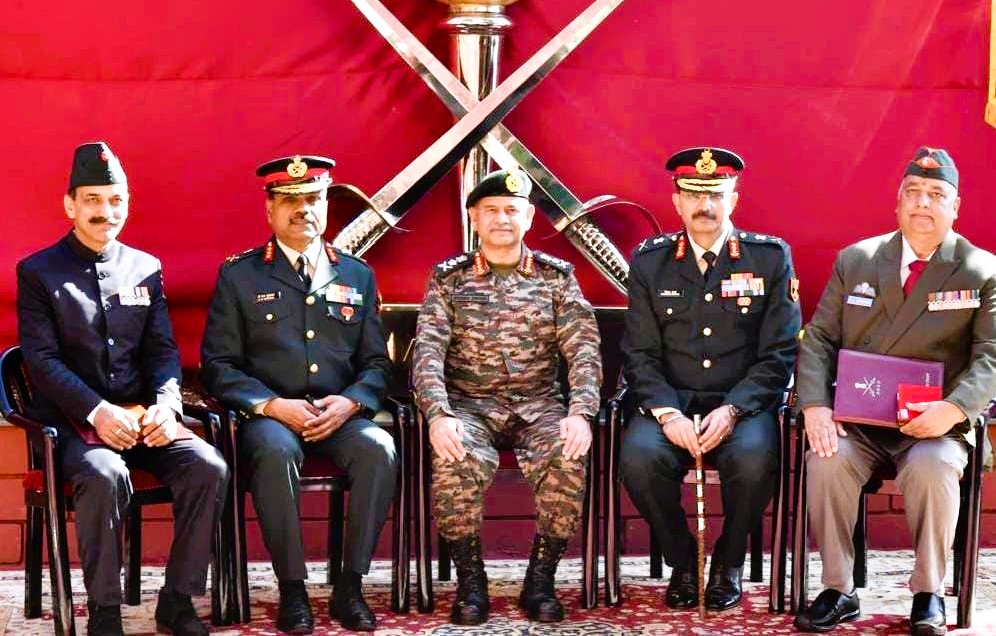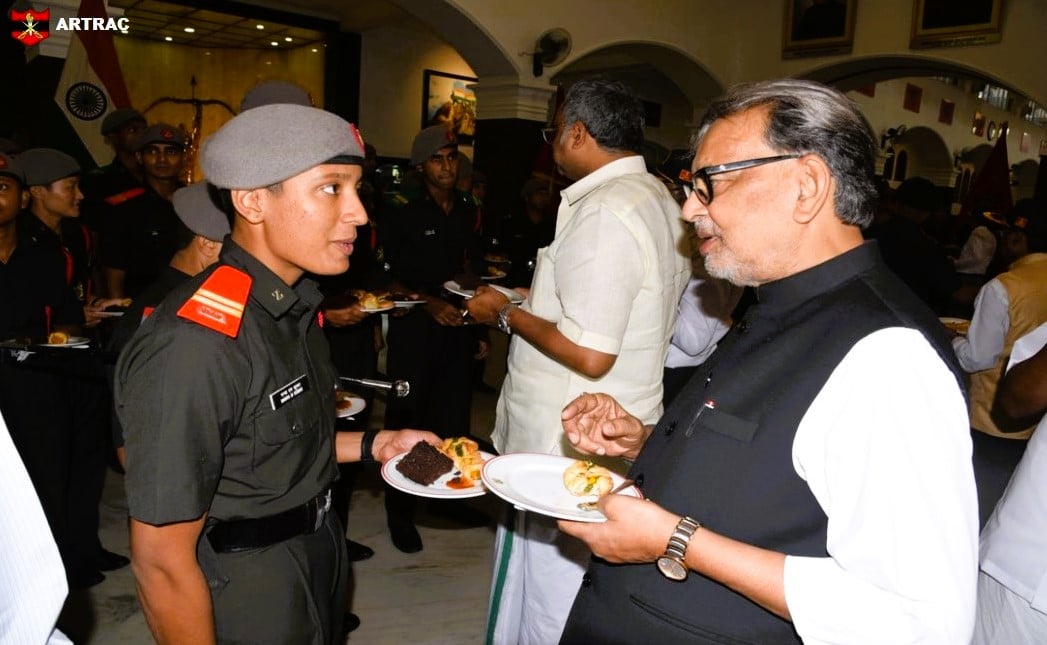IIT Indore and Indian Army Forge Landmark Partnership to Enhance Military Innovation through MoU
In a significant move to bridge the gap between academia and military needs, the Military College of Telecommunication Engineering (MCTE),…
Seven Girls from Rajouri Shine in Volleyball, Earning Spots on Jammu and Kashmir State Team
Rajouri, India – In a commendable showcase of determination and talent, seven girls from the southern region of Pir Panjal…
Uttarakhand Faces Confusion Over Rs 207 Crore Bill from Indian Air Force
The Uttarakhand disaster management department (DMD) is currently facing challenges regarding a substantial bill of approximately Rs 207 crore submitted…
Indian Navy Welcomes 5th Batch of Agniveers Under Agnipath Scheme
The Indian Navy, through its premier training establishment INS Chilka, proudly welcomed the fifth batch of Agniveers, Batch 02/24, marking…
General Upendra Dwivedi Presented Award To Veterans Achievers
In a remarkable ceremony on the sidelines of his visit to the Army Training Command (ARTRAC), General Upendra Dwivedi, Chief…
Standing Committee on Defence Visits OTA Chennai
The Standing Committee on Defence (SCoD), chaired by Shri Radha Mohan Singh, Member of Parliament, visited the prestigious Officers Training…






